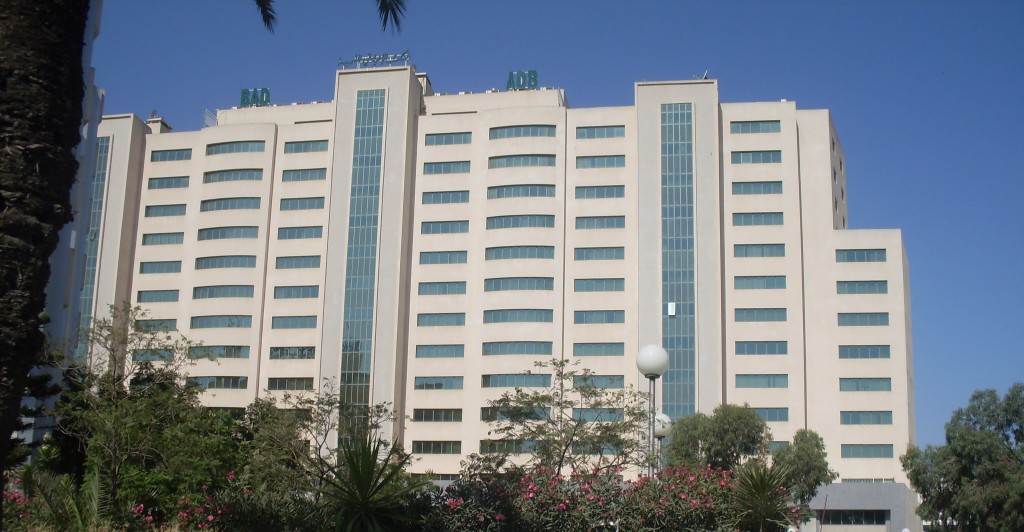African Development AfDB has said that Nigeria’s economy is set to grow 2.9% in 2024, up 0.4 percentage points from last year as a sharply devalued currency pushes up inflation, exacerbating a cost of living crisis. This is contained in the bank launch of Africa’s macro economic out look for 2024 in Cairo, Egypt. It said that in Egypt, high inflation and foreign exchange shortages are forecast to drag growth down to 3.7% this year, versus 4% in 2023. According to the report Southern Africa’s “sluggish performance reflects the continued economic stagnation in South Africa,” with the region’s largest economy, which holds national elections this year, predicted to grow 1.1% in 2024, up from 0.8% last year.
The AfDB report said “This underwhelming economic situation has aggravated the country’s persistently high unemployment, poverty, and inequality and prevented it from reaping democratic dividends in the 30 years since the end of White minority rule”. Over all it said that Africa’s economic growth fell to 3.2% last year from 4.1% in 2022, but it projected higher growth this year for all regions except central Africa. The AfDB said political instability and China’s economic slowdown were compounding the shocks of COVID-19 and Russia’s war in Ukraine. The final figure for 2023 was below the 3.4% growth the AfDB had forecast in November. It also cut its regional growth estimates for central and north Africa, amid a recession in oil producer Equatorial Guinea and the aftermath of devastating flooding in Libya.
“The shocks buffeting African economies since 2020 have damaged growth, with long-term implications,” the bank said in a report. Despite the shocks buffeting the region, 15 African countries posted economic growth of more than 5% last year, the AfDB said, including Ethiopia, which is restructuring its external debt, Ivory Coast, Democratic Republic of Congo, Mauritius and Rwanda. The bank forecast faster growth in all regions except for central Africa in 2024, with southern Africa seen as remaining the laggard at 2.2% compared with 5.7% in east Africa.

